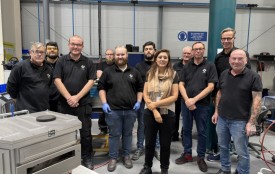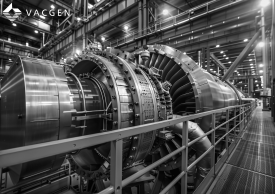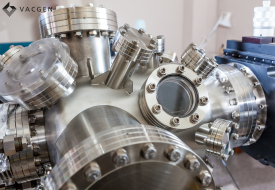Synchrotron science shines across disciplines, illuminating a pathway for scientific discoveries. Synchrotrons use synchrotron radiation, which is produced when charged particles, typically electrons, are accelerated to nearly the speed of light in a circular or spiral path by strong magnetic fields. This process generates intense beams of light that cover a broad spectrum, from infrared to X-rays.
research facility
- Posted by: Vacgen Team
Categories
Recent Posts
Nusrat Ghani MP supports local manufacturing firm VACGEN
December 16, 2024
Why Vacuum Quality is Critical in Molecular Beam Epitaxy Systems
October 16, 2024
World Mental Health Day 2024 Interview
October 10, 2024
Enhancing Beam Line Quality: The Role of Precision Engineering
September 19, 2024
Tags
ultra-high vacuum vacuum chamber semiconductor surface science material science vacuum motion vacuum manipulators mass spectrometry sample manipulation electromechanical assemblies vacuum technology high vacuum xyz manipulation semiconductor motion engineering vacuum drives vacuum valves uhv valves ultra-high vacuum valve ald cvd pvd arpes photoemission spectroscopy xps metrology wafer inspection employee news material deposition mbe synchrotron science Nuclear Clean Energy vacuum glossary limit switches angle valves leak valves gate valves motion in vacuum UHV etch sample shutter heater assemblies wafer handling wafer storage wafer processing semi deposition etching ion implantation






